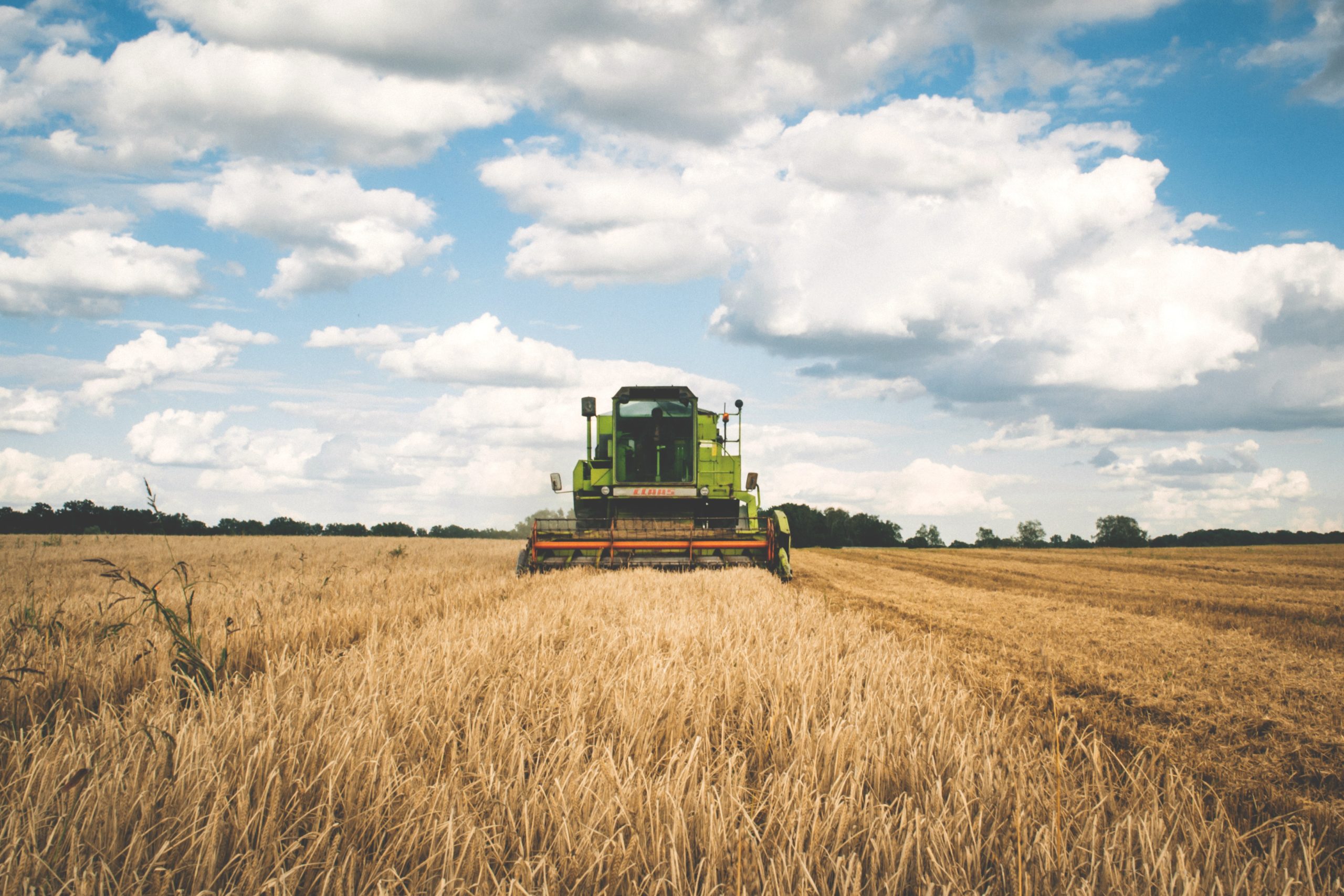This month, I’m going to digress from the discussions on the pros and cons of outsourcing recycling services to discuss an issue that’s a recurring theme when it comes to recycling production discards and byproducts (recyclable commodities).
The Customer-Vendor Relationship
First, I’ll talk about the perception of the customer-vendor relationship and how it shifts once recycling becomes part of a facility’s SOP. Then I’ll talk about how to add value to maximize the value (revenue) of the product/commodity to be recycled.
Most of us in the business community, especially those in manufacturing, see business relationships in one of two categories. There are “customers” who buy our product and “vendors/suppliers” who sell us the goods and services required to make the product we sell.
I’ve had conversations with manufacturers who say to me “I need a recycling vendor.” What they’re actually saying is “I need a company that will take this byproduct off my hands and pays me a competitive rate for it.” Okay, fair enough. So, let’s look at the dynamics that operate in the relationship between buyer and seller of said commodity.
If the generator/seller of the recyclable commodities, which could be everything from packaging and production discards to excess product, realizes they want a return for it, or if their goal is more modest such as diverting from the landfill or avoiding disposal costs, then the buyer is not a “vendor.” They become a customer, and the manufacturer becomes a supplier.
What previously may have been “waste” or byproducts of the generator is now an “input” in the buyer’s production process. With that shift, there come certain expectations and realities in this relationship. At this point, things like quality, regular shipments, and supplier performance for said commodity comes into play as the buyer/recycler is paying good money for the commodity. Even though the commodity is a “waste” to the generator.
How to Maximize the Value of Recyclables
This leads me to the title of this post: maximizing the value of recyclable commodities. How does the generator/supplier go about getting the most revenue for byproducts? The two most important steps that make the biggest difference are segregation and consistency. To quote a former colleague “Someone’s got to add the value!” which turns the waste/byproduct into an input for a new product.
Keeping the product separated from other byproducts and clean from dirt, dust, and contaminants will avoid additional handling and steps that would otherwise add costs for the end-user. Additionally, considerations like packaging, i.e., baled vs. loose, truckload quantities vs. LTL loads, etc., all should be worked out in advance. This way expectations are set and will help both parties get their needs met.
If you would like to learn more, contact Cumberland Recycling! We will improve your bottom line through our efficient and responsible recycling program while managing the activities that make recycling successful.

